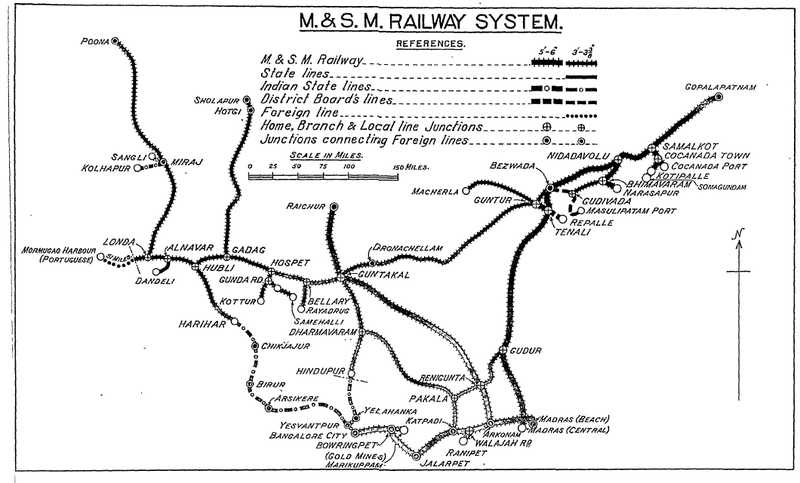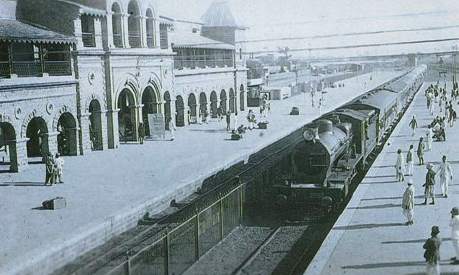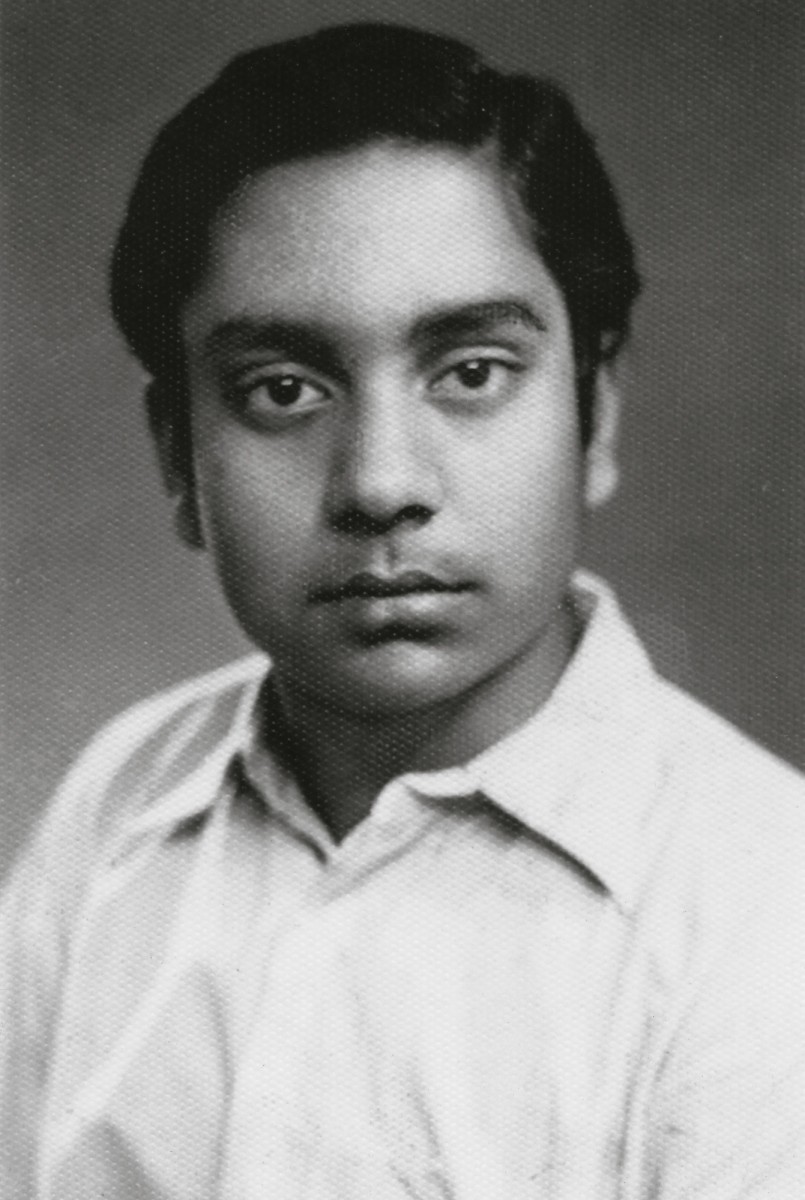
Given the current goings-on in #Ottawa I'm reminded of a book the late Gilles Paquet and I did in 2012 surveying the plans and aspirations for Canada's capital over its lifetime.
The Unimagined Canadian Capital: Challenges for the Federal Capital Region amazon.ca/dp/0986871648/…
The Unimagined Canadian Capital: Challenges for the Federal Capital Region amazon.ca/dp/0986871648/…
The federal government's challenge in Ottawa is that apart from federally owned NCC lands and buildings, it is reliant entirely on municipal and provincial law enforcement. Ottawa is a mere municipality in the Province of Ontario and the Feds are one of many who reside here.
• • •
Missing some Tweet in this thread? You can try to
force a refresh




























